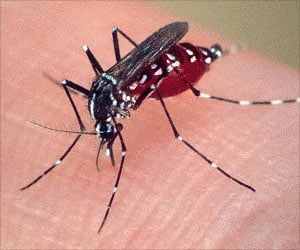A team of researchers has developed a microvascular system that could help nourish engineered tissues.
Engineers at the Cornell University have created minute channels within a water-based gel that imitate a vascular system at the cellular scale and can provide oxygen, essential nutrients and growth factors to nourish individual cells.According to researchers, the gel scaffold can hold tens of millions of living cells per milliliter in a 3-D arrangement to create a template for tissue to form.
"A significant impediment to building engineered tissues is that you can't feed the core. Simply embedding this mimic of a microvascular system allows you to maintain the core of the tissue during culture. Gel scaffolds are the culture flasks of the future,” Nature quoted senior author Abraham Stroock, Cornell assistant professor of chemical and biomolecular engineering, as saying.
The implanted microchannels allow fluid with oxygen, sugar and proteins to pass through the system. The researchers can control the distributions of these solutes over both time and space within the developing tissue, permitting the fine-tuning of the biochemical environment of the cells while the tissue develops.
Stroock insisted that the research provides solutions to the physical engineering aspects of growing tissues synthetically.
However, he added that, many biological challenges still remained, such as finding a source of cells that can be harvested from a patient and grown without changing the cell's characteristics.
Advertisement
They also believe that the technology could also offer the hope of growing implants from the patient's own cells to substitute damaged or diseased tissue.
Advertisement
Source-ANI
LIN/C





